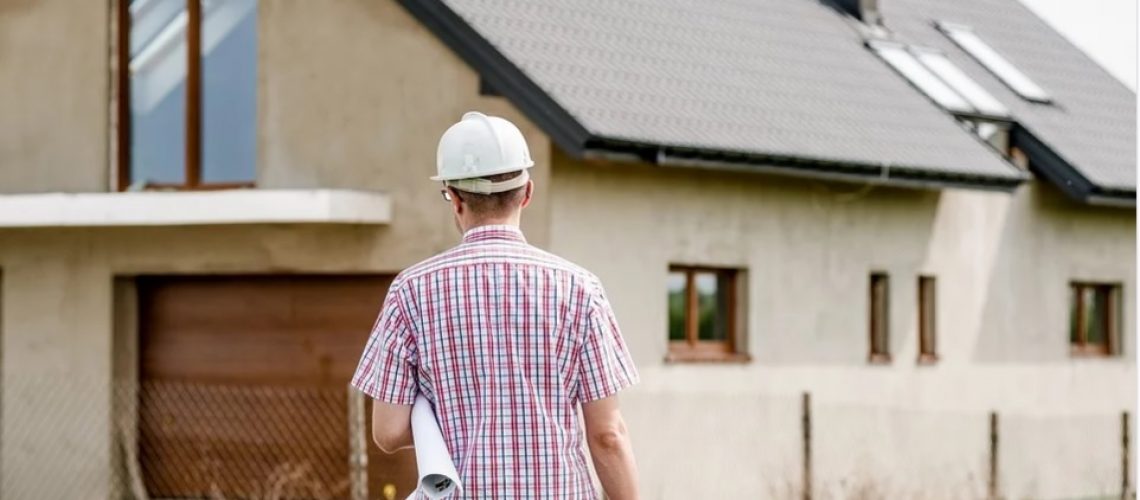Growth in 3rd quarter residential building plans passed slowed into negative growth territory, the slowdown believed to be the impact of high consumer inflation and rising interest rates, along with renewed pressures on the economy.
“These factors have likely cooled housing demand in the new home market.
“The release of StatsSA September residential building statistics complete the new residential building picture for the 3rd quarter of 2022,” says John Loos, Property Sector Strategist at FNB Commercial Property Finance.
“During that quarter, the numbers have pointed to weakening in new residential planning, which is likely an indicator of slowing building activity to come in the near term, on the back of mounting economic pressures as inflation and interest rates rise, along with the rising costs in mortgage debt servicing associated with rising interest rates.
“Growth in the number of units of residential building plans passed turned negative to the tune of -21.9% year-on-year, following a positive growth rate of +11.8% in the 2nd quarter. This is the 5th consecutive quarter of tapering growth in plans passed, following on an earlier post-lockdown recovery.”
Loos adds that tThe level and direction of plans passed is typically a leading indicator of the direction of building activity to come in the near term, so we would anticipate a slowdown in the growth rate of residential buildings completed in the not-too-distant future as well.
“However, it was still too early to see negative growth in completions as at the 3rd quarter of 2022, with the number of units completed still growing positively year-on-year by +3.5% in that quarter. However, this growth rate represents a marked slowdown from the +19.6% rate of the prior quarter,” he notes.
“We would however expect to see the growth rate in the level of residential units completed turn negative in the final quarter of 2022.”
Key drivers of slowing growth, and an expectation of slower building planning and activity in 2023
Loos adds that the residential market is highly credit-dependent and thus interest rate sensitive, and the slowing in planning activity is reflective of the combination of recently rising inflation (although this appears to have peaked recently) and interest rates, both eating into aspirant home buyer purchasing power growth.
“In addition, the economy looks to have come under renewed pressure from global sources as well as the inflation and interest rate rises, and this can dampen household employment and income growth (and thus purchasing power).
“Interest rates have risen cumulatively by 275 basis points since late 2021, and the FNB expectation for a further 100 basis points’ worth of hikes in the near term,” he says.
“Our expectation is therefore that there is likely to be further year-on-year decline in the level of residential plans passed late in 2022 and early in 2023, following on a good period of post-lockdown growth.
“2023 is expected to be a slower year overall for residential building activity than 2022 due to the lagged impact of interest rate hiking continuing to feed through next year.
“Post-lockdown recovery was reasonable, but renewed slowdown has quickly taken Building planning activity back to below pre-Covid-19 levels, with building completions also below.“
Loos describes that residential building planning had a reasonably good post-lockdown recovery period, following the relaxation of Covid-19 lockdowns, fuelled by the lagged impact of aggressive interest rate cutting early in 2020 as Covid-19 hit.
“By the 2nd quarter of 2022, the number of units plans passed had briefly risen to above the corresponding quarter of 2019,” he says.
“However, the renewed 3rd quarter 2022 decline saw a quick reversion back to below pre-Covid-19 levels, plans passed in that quarter being -28% below the corresponding quarter of 2019 and -34.7% below the 3rd quarter of 2018.
“The number of units completed was still -30.2% below the 3rd quarter of 2019.”
All 3 housing categories showed negative growth in plans passed in the 3rd quarter
Loos notes that examining the categories of building plans passed, all 3 StatsSA segments showed negative growth in the 3rd quarter of 2022.
“The most affordable housing category, i.e., ‘dwelling (free standing) houses smaller than 80 square metres’ showed year-on-year decline of -39.2% in the 3rd quarter, while ‘dwelling houses larger than 80 square metres’ recorded a lesser -2.77% decline, and the ‘Flats and Townhouses’ category a -26.8% decline.”
Residential plans passed as a leading business cycle indicator
Loos says that the SARB uses the total of new plans passed for the latter 2 above mentioned categories as a component of its leading business cycle indicator (i.e., dwelling houses larger than 80 square metres along with flats and townhouses), so sensitive are these 2 building categories to the economic and interest rate cycle.
“So it is perhaps insightful to examine their combined total whose year-on-year growth rate turned negative to the tune of -15.7%, after a +9.9% positive rate in the preceding quarter,” adds Loos.
“This can be seen as one of a few indicators of economic pressure mounting in SA.
“This slowdown is something we had been anticipating for a while, these categories’ plans passed increasingly reflecting the renewed economic pressures emanating from high global energy and food prices driving broader inflation, rising interest rates since late-2021, and a slowing global economy.”

